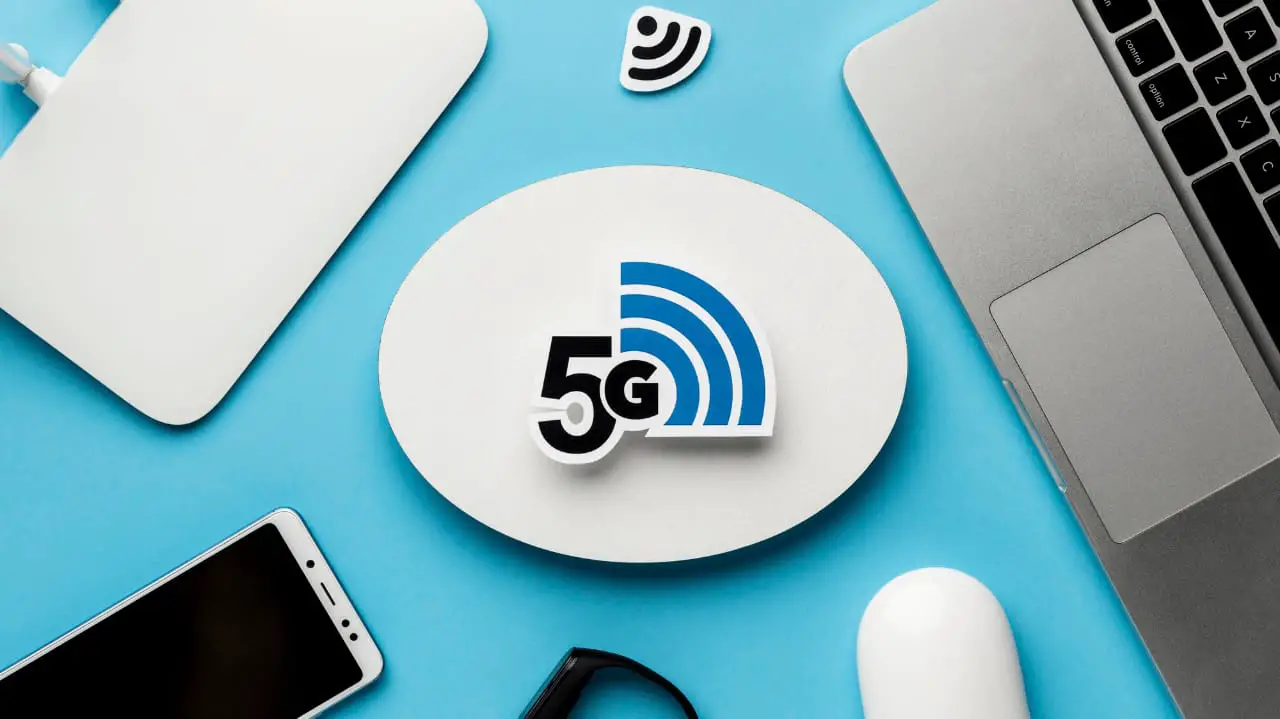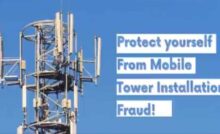6 National Opportunities To Mitigate 5g Risk


5G is the next generation of wireless technology that represents a complete transformation of telecommunications networks. Combining new and old technology and infrastructure, 5G will build on previous generations in development over several years using existing infrastructure and technology. 5G builds on existing telecommunications infrastructure by improving the bandwidth, capacity, and reliability of wireless broadband services. Development will take years, but the goal is to meet growing data and communications requirements, including capacity for billions of devices connected to the Internet of Things (IoT), real-time communications and faster speeds to support emerging ultra-low latency. Will build. , Technologies required for critical near-reality.
With the above in mind, there is an opportunity for the U.S. government and industry to work together to maximize the benefits of next generation communications networks and promote the security and resiliency associated with emerging 5G technologies. In 2019, the US and its partners had time to work on mitigating the risks before 5G was deployed on a large scale. This period allowed them to plan and implement measures to ensure the security and reliability of the technology in their networks. This may become more difficult to resolve as the network progresses. Below are a range of opportunities at a strategic level. Efforts need to be followed up and discussed to detail specific possible actions.
1. Encouraging continued reliable development of 5G technologies, services and products
Reliance on unreliable 5G technologies is likely, in part, due to relatively low costs. Additionally, if equipment from untrusted companies is already installed as part of a 4G LTE network, the lack of interoperability may make it impossible to install 5G equipment from other companies without replacing existing 4G LTE equipment, which would be extremely costly. It is possible National investment in research and development, economic incentives for manufacturing and purchasing reliable components, or economic deterrents for purchasing and installing unreliable components can increase reliable production and reduce the risk of malicious unreliable technologies.
2. Encouraging continued reliable development of the next generation of communications technologies
Next-generation communications technologies and standards will evolve over time, and security enhancements for 5G will continue in the future. This development will occur in individual companies and standards bodies as markets for new services take shape, but the United States can encourage and invest in such development. This would potentially make the United States a leading player in its rollout, potentially reducing the influence of adversary countries and reducing American reliance on unreliable technologies.
3. Promote international standards and processes that are open, transparent and consensus-driven and that do not disadvantage trusted companies
Both ITU and 3GPP have US members, including the Director of ITU’s Telecommunications Development Bureau, one of ITU’s five top elected officials to serve in 2019–2022. Members of the two groups representing the interests of trusted suppliers can promote and cooperate on the standards currently being adopted. Their development. The United States could also work to achieve greater representation in the ITU, 3GPP, and other standards organizations.
4. Limiting the use of 5G technology equipment with known or suspected vulnerabilities
The United States of America may take action to limit the adoption of 5G devices that may have vulnerabilities. For example, Section 889 of the 2019 NDAA prohibits federal agencies from purchasing certain telecommunications equipment and services. The recently enacted Federal Acquisition Supply Chain Security Act provides significant new authorities to the government. These authorities address the risks posed by purchasing technologies developed or supplied by entities whose manufacturing and development processes, obligations to foreign governments, and other factors raise supply chain concerns. In May 2019, the President notified Also issued an executive order on securing. and the Communications Technology and Services Supply Chain, which directs the Secretary of Commerce, in consultation with other agencies, to issue regulations addressing the establishment and use of information and communications technologies and services by any person subject to the jurisdiction of the United States Authorizes. Which presents a security risk. The United States can help secure its overseas communications by working with international partners to limit the installation of untrusted devices overseas. The United States can also promulgate and promote technical best practices to mitigate aspects of 5G risks.
5. Continued engagement with the private sector on risk identification and mitigation efforts
The U.S. government can continue to work with the private sector – including information and communications technology providers – to help mitigate vulnerabilities. The private sector can provide insight into how government support or intervention – such as through the development of best practices, convening industry and government partners, and banning untrusted devices – can help secure 5G technologies and 5G networks. Will get it.
6. Ensure strong security capabilities for 5G applications and services
The U.S. government and industry partners can develop security capabilities that protect not only the 5G infrastructure, but also the applications and services that use it. The US government can do this by incorporating a prevention-focused approach that focuses on visibility and security over mobile networks. Secure 5G applications and services will potentially reduce the risk of introducing malware to protected devices and protect against unauthorized command and control from exploited connected devices. The U.S. government and its industry partners can also encourage secure infrastructure to protect against these threats and reduce lateral threat activity within 5G networks.
Read Also:
- Pros and Cons of 5G technology in Health
- Features of 5G Technology
- 5G| Definition, Speed, Benefits, Health Concerns; Conspiracy Theories
- 5G Wireless Technology
Recent Posts
Investors Lost Millions Of Crores In The Stock Market, Experts Told Why People Are Panicking
In the last two-three months of the year 2024, the upheaval in the Indian stock…
This Threat Is Looming Over The Dreams Of The Middle Class In India
India's software industry is going through a period of major change. Tata Consultancy Services (TCS),…
What Is Tariff And Know Who Has To Pay Its Price
The US has so far announced a 50 percent tariff on India. The new tariffs…
These Are The Reasons Being Given In The American Media Behind Trump’s Strictness Against India
American President Donald Trump has doubled the tariff against India to 50 percent. Trump has…
How To Explain The Importance Of Money To Children, Read These Four Guru Mantras
Worrying about the future of your children is something that every parent is worried about.…
What Are The Five Jobs Of The Future And The Skills Required For Them
The way the nature of jobs and work is changing, many jobs that exist today…


